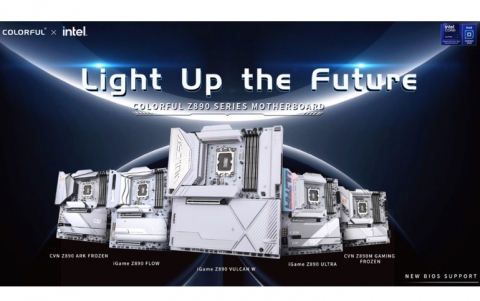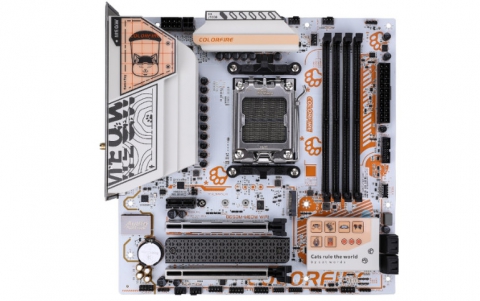Writing Quality
23. Testing Equipement - Page 1
Review Pages
2. Pits and Lands
3. Error Correction - Page 1
4. Error Correction - Page 2
5. Error Correction - Page 3
6. CIRC - Page 1
7. CIRC - Page 2
8. CD Decoding system
9. C1/C2 Errors - Page 1
10. C1/C2 Errors - Page 2
11. EFM - Page 1
12. EFM - Page 2
13. Jitter - Page 1
14. Jitter - Page 2
15. Jitter - Page 3
16. Oscilloscope
17. Jitter at DVD
18. Technologies for Reducing Jitter
19. JVC ENC K2
20. AudioMASTER
21. VariREC
22. TEAC Boost Function
23. Testing Equipement - Page 1
24. Testing Equipement - Page 2
25. Calibration media
26. Tests before recording
27. Tests after recording
28. Atomic Force Microscopy
Writing Quality - Page 23
Testing Equipement - Page 1
The official testing equipment that sold can be divided in two major categories.
Normal modified drives
The low end testing equipment is using either a CD-ROM or a CD-R/RW drive. The most used CD-ROM comes from Plextor (PX-40TS). This kind of equipment only can measure recorded CDs, while testing equipment based upon CD-RW drives can measure also blank CDs. Some manufacturers are using Plextor's PX-W1210S or TEAC CD-W512S CD-RW drives. The modification is not exactly known (and kept secret for obvious reasons); probably an extra circuit is added to intercept signals from the optical drive (E11, E21, E31, E12, E22, and E32).
Each manufacturer has developed software that calculates the average/maximum of BLER, C1, C2, Jitter and other measurements and draws graphs of each measurement:


High-end drives
High-end solutions are custom build-in drives with special components. This ensures maximum readability but also maximum price. Most high-end drives are based upon Philips (and Pulstec) optical pickups. There are three types of Philips optical pickups:
a) CDM24
b) CDM4, single-beam, linear polarized
c) CDM12 three-beam pickup
For DVD format, manufacturers seem to select either normal modified DVD±R/RW drives or drives based upon Pulstec pickups. Currently there are drives based upon Pioneer DVR-201 (Authoring 635nM) or Pioneer DVR-A03 (General 650nM) and at RICOH DVD+RW5125A (for the DVD+R/+RW format).
Especially for Jitter measurements, the optical response of the pickup must be up to a uniform standard. The Red Book does specify the optical characteristics (wavelength, numerical aperture, the illumination of the aperture, polarisation, and wavefront quality) of the pickup for jitter measuring purposes - although the polarisation specified is different from the one used for other Red Book measurements! - But it does not say anything about ordinary players.
Measuring systems do in practice use the same types of pickup as domestic players, but some care must be taken in choosing them, or the results could be pessimistic. Also it must be remembered that when we test discs against the given specification, we are really supposed to be testing the jitter attributable to the disc alone, after eliminating any contributions due to imperfections of the players.
Review Pages
2. Pits and Lands
3. Error Correction - Page 1
4. Error Correction - Page 2
5. Error Correction - Page 3
6. CIRC - Page 1
7. CIRC - Page 2
8. CD Decoding system
9. C1/C2 Errors - Page 1
10. C1/C2 Errors - Page 2
11. EFM - Page 1
12. EFM - Page 2
13. Jitter - Page 1
14. Jitter - Page 2
15. Jitter - Page 3
16. Oscilloscope
17. Jitter at DVD
18. Technologies for Reducing Jitter
19. JVC ENC K2
20. AudioMASTER
21. VariREC
22. TEAC Boost Function
23. Testing Equipement - Page 1
24. Testing Equipement - Page 2
25. Calibration media
26. Tests before recording
27. Tests after recording
28. Atomic Force Microscopy













